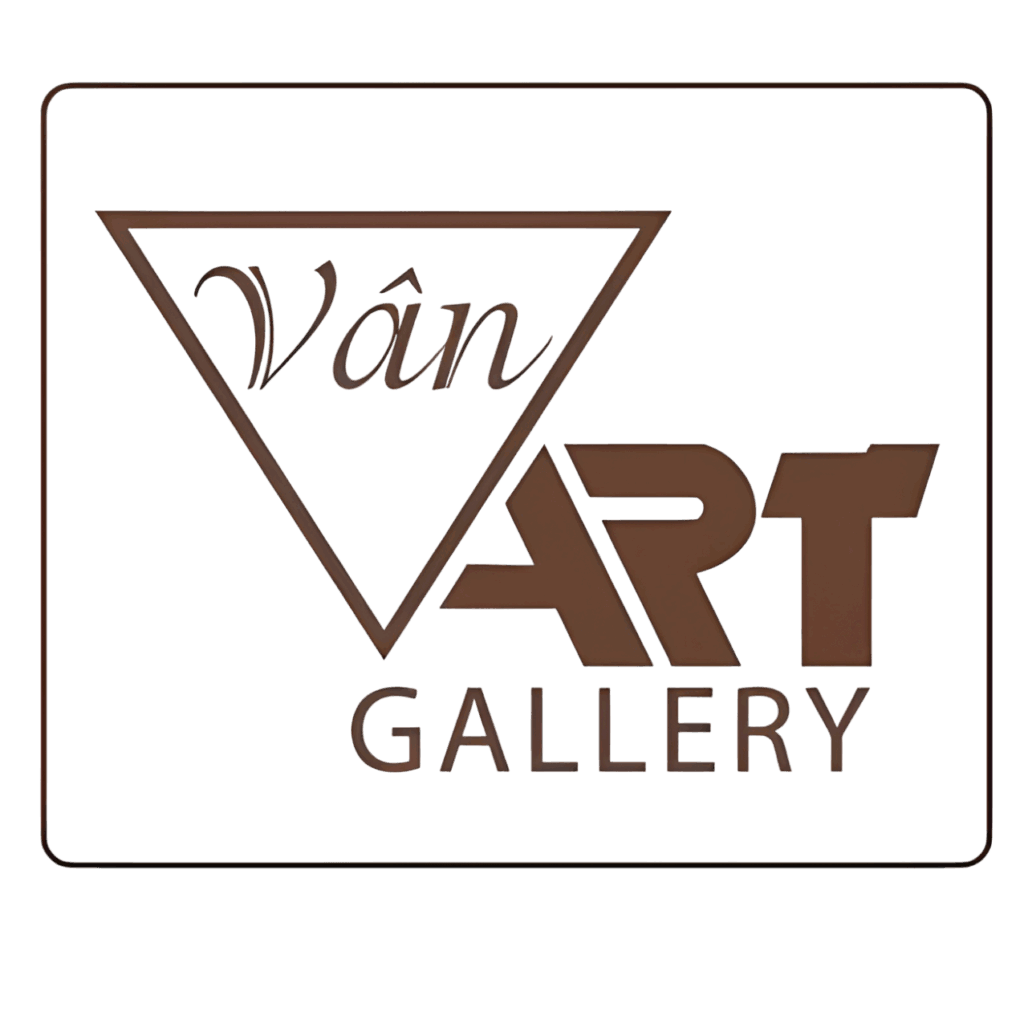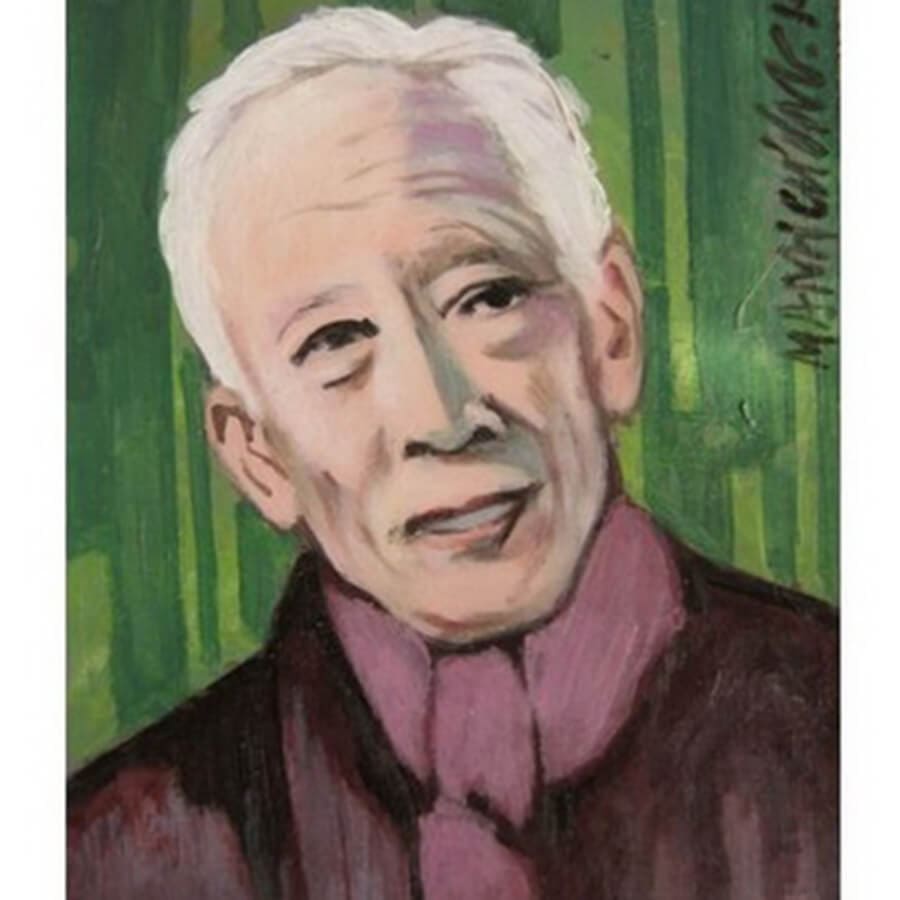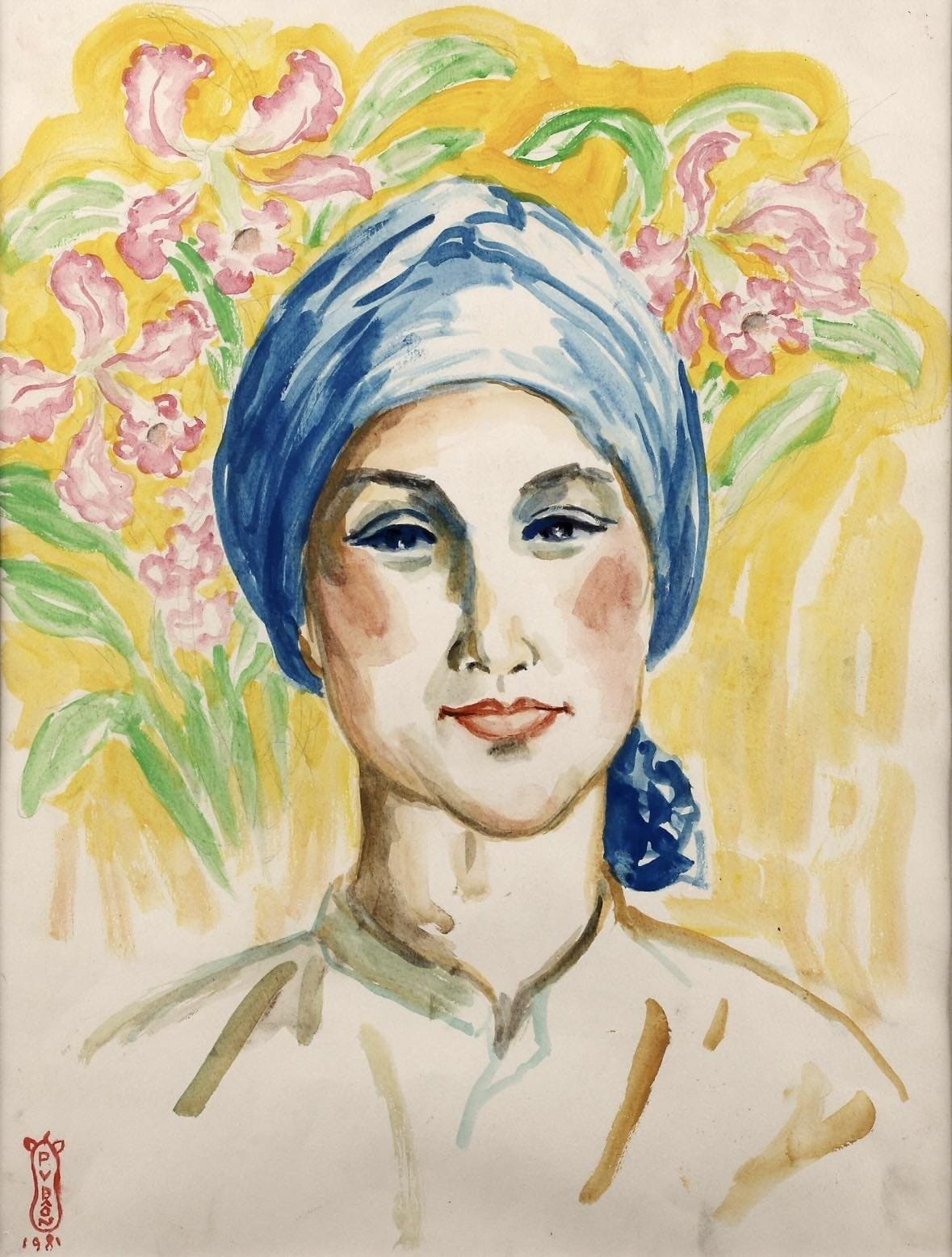Phạm Văn Đôn—the name inextricably linked with revolutionary brushstrokes and unyielding national spirit—stands as one of Vietnam’s most gifted artists of the 20th century. Born amid a nation in flux, he was not merely an artist but a soldier, cultural activist, and enduring icon in the history of Vietnamese fine arts. If you’re curious about the biography of Phạm Văn Đôn, his tumultuous life, or the timeless Vietnamese paintings that continue to inspire, this article offers a detailed, intimate exploration of his journey. Delve into the story of a man whose art transcended canvas to become a rallying cry for independence, influencing generations and cementing his place in Vietnam’s cultural narrative. From his early sketches in Hanoi to his poignant depictions of wartime heroism, Phạm Văn Đôn’s oeuvre reflects the resilience of a people fighting for freedom, blending technical mastery with profound emotional depth that resonates even in peacetime galleries.
Biography of Phạm Văn Đôn: From Hanoi Roots to Saigon Flourishing and Talent-Forming Years
The biography of Phạm Văn Đôn unfolds from a modest intellectual family in Hanoi, where he entered the world on December 11, 1918. Though raised in the ancient capital’s embrace, much of his life intertwined with vibrant Saigon in the South, where his career blossomed and contributions to art peaked. He passed away on March 13, 2000, in Hanoi at the age of 82, leaving a legacy still widely studied and revered in academic circles and art institutions alike. His life, marked by migration, war, and unwavering creativity, mirrors Vietnam’s turbulent 20th-century history, making his personal story a microcosm of national struggle and triumph.
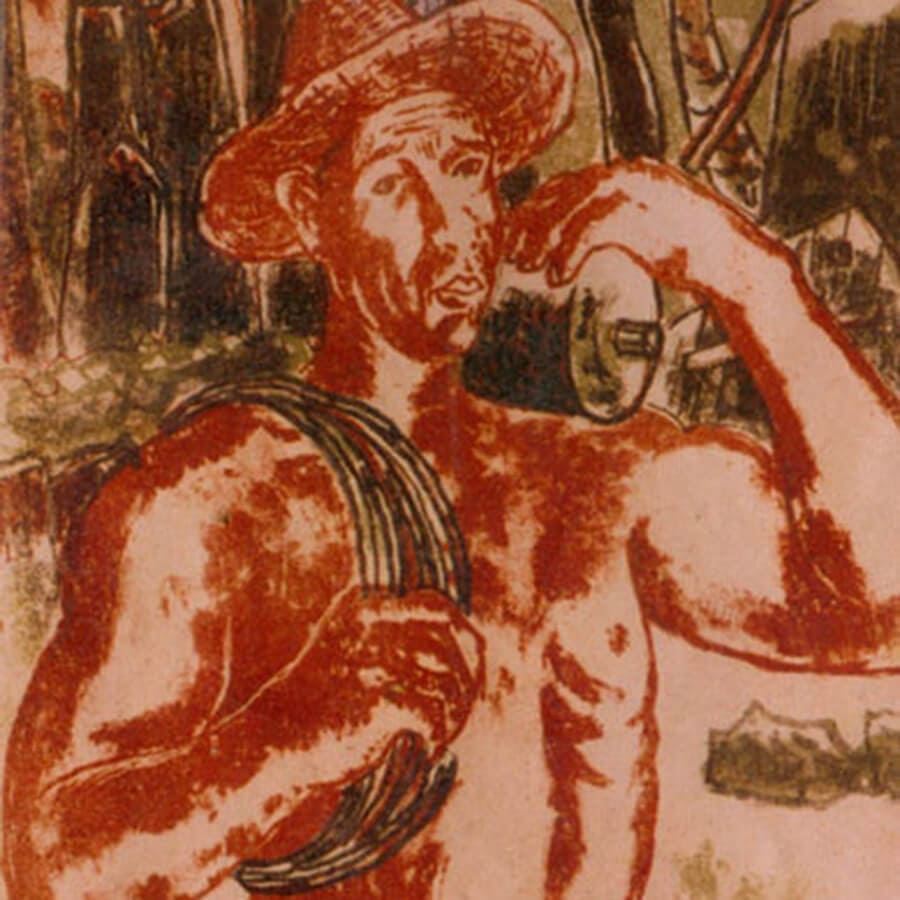
Childhood and First Steps into the World of Fine Arts
From an early age, Phạm Văn Đôn exhibited a fervent passion for drawing. Born into a scholarly household that valued education and cultural pursuits, he was encouraged to explore art through rudimentary sketches on scraps of paper. In the 1930s, under colonial rule, young Phạm Văn Đôn wandered Hanoi’s bustling streets, capturing everyday folk scenes in raw, evocative sketches that hinted at his budding talent. These early works, though simple, foreshadowed his lifelong commitment to portraying the Vietnamese people with authenticity and empathy, laying the groundwork for a career that would blend personal observation with collective memory.
- 1939: Phạm Văn Đôn passed the entrance exam for Course 13 at the prestigious Indochina School of Fine Arts—a cradle of Vietnamese artistic genius that nurtured luminaries like Tô Ngọc Vân and Nguyễn Gia Trí. This admission was more than an academic milestone; it immersed him in a transformative environment where colonial influences met indigenous expression.
- Initial Influences: Guided by masters Victor Tardieu and Évariste Jonchère, he absorbed European techniques such as perspective and color theory, swiftly integrating them with Eastern aesthetics, particularly Vietnam’s folk motifs. This fusion would become his signature, allowing him to create art that was both universally accessible and deeply rooted in national identity.
By 1944, Phạm Văn Đôn graduated with honors, transitioning from promising student to professional artist. This era saw him engage in revolutionary cultural activities, intertwining his biography with the broader narrative of national awakening. His early exposure to both Western rigor and Vietnamese soul equipped him to navigate the impending storms of war, turning personal passion into a tool for resistance.
The Life of Phạm Văn Đôn: Family, Love, and Personal Challenges
The life of Phạm Văn Đôn extends beyond his canvases to a personal odyssey rife with upheaval. He married renowned sculptor Nguyễn Thị Kim, a romance sparked during their student days that blossomed into a profound artistic partnership. This duo not only shared creative fervor but also joined national salvation movements, forming a “golden couple” in Vietnam’s art world whose collaborations amplified their individual impacts during critical historical junctures.
- Resistance Years: Following the August Revolution of 1945, Phạm Văn Đôn and his wife relocated north, enduring bombings and scarcities. In his memoirs, he recounted how his drawings served dual purposes: artistic expression and spiritual weaponry, sustaining morale amid adversity and forging unbreakable bonds with fellow revolutionaries.
- Life in Saigon: From the 1950s, he moved south, where his career soared amid wartime chaos. Yet, challenges abounded—from censorship to material shortages—but Phạm Văn Đôn’s optimism prevailed, channeling art to mirror the people’s daily struggles and joys, ensuring his works remained grounded in reality rather than detached idealism.
In his later years, returning to Hanoi, he taught and innovated relentlessly. The life of Phạm Văn Đôn exemplifies the vitality of a true artist—ever close to the masses, never aloof from life’s raw edges. His personal trials, from displacement to health struggles, infused his art with authenticity, making him a relatable figure whose story continues to humanize the often romanticized narrative of revolutionary artists in Vietnam.
Career of Artist Phạm Văn Đôn: From Propaganda Theater to the Pinnacle of Revolutionary Fine Arts
The career of artist Phạm Văn Đôn reads like a vivid historical chapter, inextricably linked to Vietnam’s revolutionary movements. From an outstanding graduate, he evolved into a pillar of resistance art, leading and innovating ceaselessly in a field where creativity met urgent national needs.
How Did Phạm Văn Đôn Begin His Career? Diverse Roles in the Resistance Era
Immediately after graduating in 1944, Phạm Văn Đôn plunged into the revolutionary fray. In 1945, he joined the Liberation Propaganda Theater Troupe of the Vietnam Youth Union, where he painted sets and performed, rallying the masses with visual and dramatic fervor.
- 1946–1948: As troupe leader, Phạm Văn Đôn crafted countless propaganda posters using lithography techniques to disseminate patriotic messages, reaching remote villages and urban centers alike, igniting fervor for independence.
- 1948–1951: Transitioning to head the “Warrior” Theater Troupe under Military Zone 4’s command, he merged painting with stagecraft, producing illustrated performances that vividly dramatized the anti-French struggle, blending education with entertainment to bolster troop and civilian spirits.
- Post-1954: Returning north, he assumed key leadership roles in cultural institutions, directing artistic output while mentoring emerging talents, ensuring the revolutionary flame burned bright in peacetime reconstruction.
These roles highlighted Phạm Văn Đôn’s versatility—artist, educator, agitator—adapting to wartime exigencies while elevating Vietnamese art’s role in nation-building. His career trajectory illustrates how individual creativity can fuel collective movements, a model for artists in conflict zones worldwide.
Contributions of Artist Pham Van Don’s Career to Modern Vietnamese Fine Arts
Pham Van Don’s career was not only about creation but also about shaping the Vietnamese art style. He diversified his materials – from wood carving, stone printing to lacquer and silk – always emphasizing bright, rustic, folk colors but rich in artistic effect.
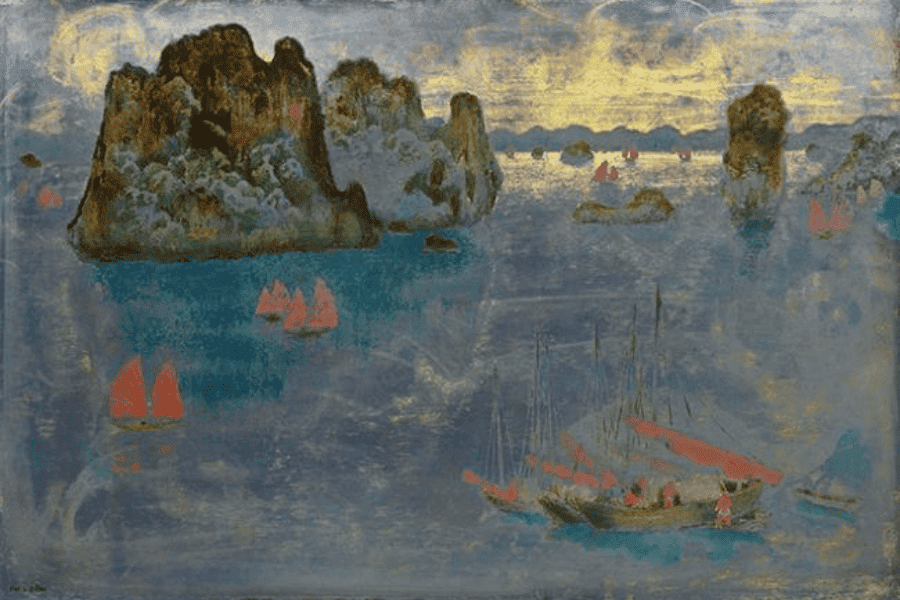
- Characteristic style: His paintings have a breath of everyday life, reflecting the optimistic spirit of the working people, different from the European abstract painting style.
- Educational influence: As a lecturer, he inspired hundreds of students, helping Vietnamese fine arts integrate internationally while still maintaining its identity.
- Social activities: Pham Van Don actively participated in international exhibitions, bringing the image of Vietnam to the world through paintings of guerrillas and national heroes.
In the 1980s and 1990s, despite his old age, he was still constantly creative, proving that the career of painter Pham Van Don was a journey of lifelong dedication.
Pham Van Don’s Works: Famous Masterpieces and Profound Meanings
Pham Van Don’s works are diverse in themes, from national history to rural life, always exuding a strong vitality. With more than 200 paintings, he is ranked 399th in the list of famous Vietnamese painters and 85,106th in the world.
Notable Works of Phạm Văn Đôn and Artistic Analysis
Below are select masterpieces by Phạm Văn Đôn, housed in the Vietnam Fine Arts Museum and international collections, each a testament to his technical prowess and thematic depth:
- “Vua Quang Trung Giải Phóng Thăng Long” (King Quang Trung Liberates Thăng Long, 1979, Colored Woodcut, 55x49cm): This woodcut captures the heroic emperor in triumphant moment, with bold incisions and vibrant hues symbolizing unyielding resolve. A pinnacle of his woodcut mastery, it garnered international acclaim, blending historical reverence with dynamic composition.
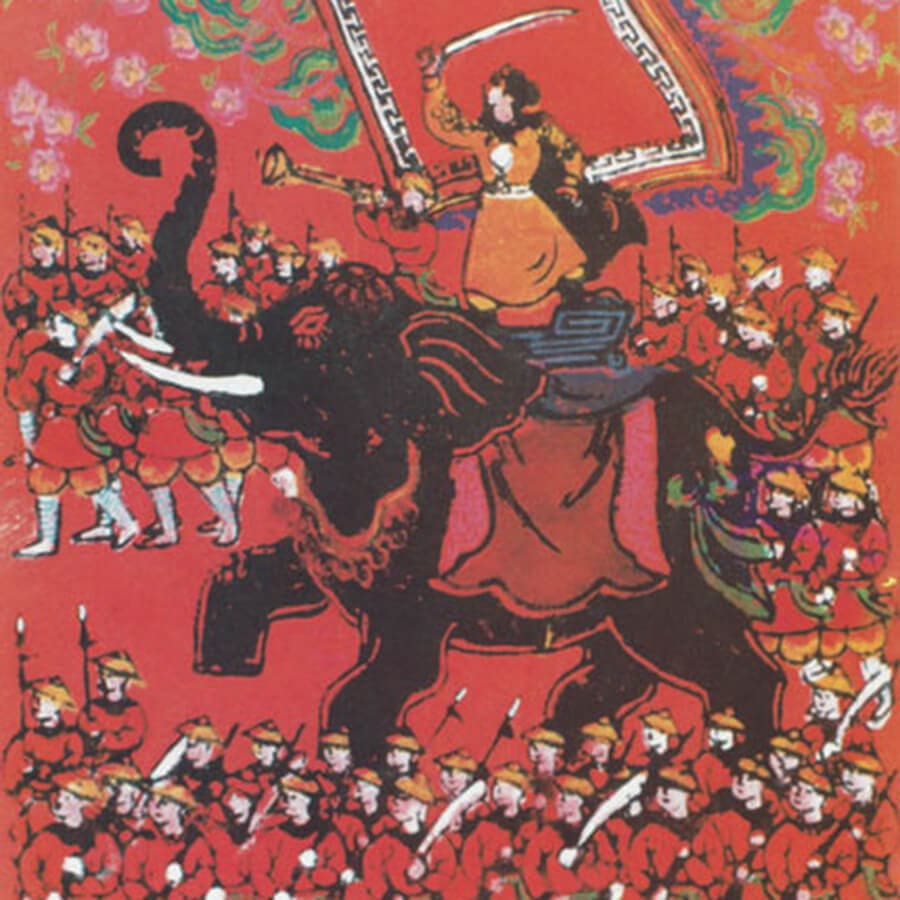
- Cảnh Dương Guerrilla Series (1950, Lithographs): Including “Bến Đò Cảnh Dương” (Cảnh Dương Ferry), “Du Kích Đặt Mìn” (Guerrillas Laying Mines), “Tình Quân Dân” (Army-People Bond), “Mẹ Mão Lệ Sơn” (Mother Mão of Lệ Sơn), and “Lão Dân Quân” (Elder Militiaman). These employ rough lithography to revive guerrilla heroism, earthy reds evoking northern battlefields. More than art, they are living historical documents, analyzed for their propagandistic efficacy and emotional authenticity.
- “Bác Hồ” (Lacquer Portrait): A tender depiction of Uncle Hồ, with refined strokes and soft lighting conveying profound reverence. Exemplifying lacquer’s depth, it masterfully layers emotion, a staple in studies of revolutionary portraiture.
- “Mâm Ngũ Quả” (Five-Fruit Tray, Silk Painting): A rustic folk scene of bountiful fruits symbolizing homeland abundance, with fluid silk lines and bright tones highlighting his folkloric touch.
- “Ô Quan Chưởng” (1989, Lacquer, 60x90cm): Rendering Hanoi’s ancient gate, fusing history and modernity through shimmering lacquer layers evoking national memory.
Phạm Văn Đôn’s works transcend aesthetics, rich with messages of labor, anti-imperialism, and humanism. Frequently dissected in art scholarship for harmonizing tradition and innovation, they offer insights into how Vietnamese painters navigated colonial legacies while forging a distinct identity.
The Significance of Phạm Văn Đôn’s Works in Historical Context
In wartime, Phạm Văn Đôn’s creations doubled as potent propaganda, yet their appeal endures beyond politics, touching universal hearts. Today, they educate on aesthetics, aiding youth in grasping Vietnam’s essence amid globalization. His lithographs, for instance, document guerrilla tactics visually, serving as archival gems in museums and classrooms, while his portraits humanize leaders, fostering emotional connections to history.
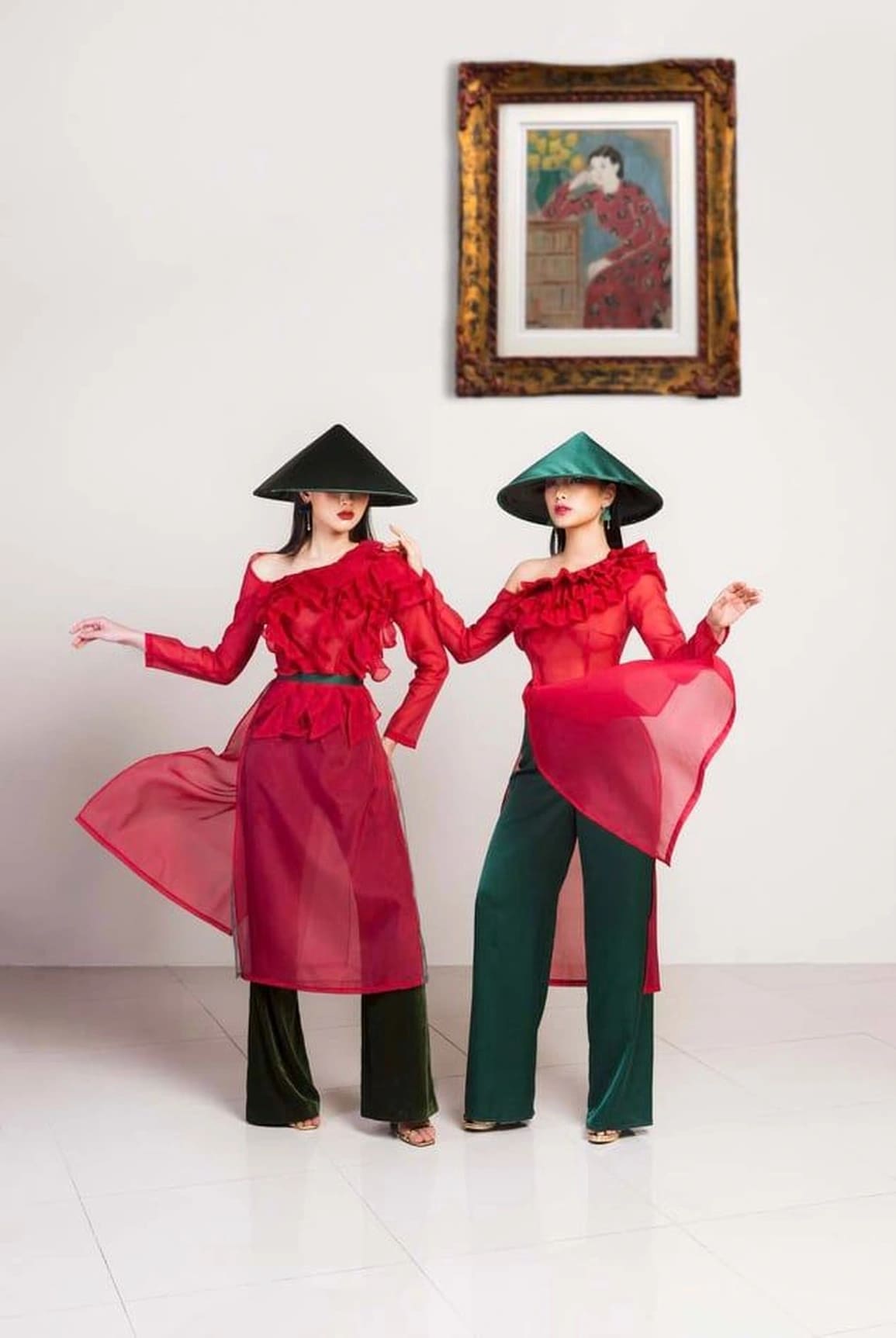
Awards of Phạm Văn Đôn: Honors for a Lifetime of Dedication
The awards of Phạm Văn Đôn affirm his talent and contributions. From domestic accolades to global recognition, they chronicle his ascent from young painter to master.
List of Medals and Orders Received by Phạm Văn Đôn
Phạm Văn Đôn amassed prestigious honors, reflecting his dual role as artist and warrior:
- First-Class Labor Medal.
- First-Class Resistance Against American Aggression for National Salvation Medal.
- Third-Class Resistance Medal.
- Third-Class Victory Medal.
- Medal for Vietnamese Literature and Arts Career.
- Medal for Vietnamese Fine Arts Career.
- Cultural Warrior Medal.
These distinctions not only celebrated his output but also his sacrifices, positioning him as a bridge between artistic excellence and patriotic duty.
Outstanding Art Awards in Phạm Văn Đôn’s Career
A timeline of key awards traces his illustrious path:
- 1944: Unique Exhibition Award—early nod to student promise.
- 1946: August Fine Arts Exhibition Award—for debut propaganda pieces.
- 1951: Việt Bắc Painting Exhibition Award—resistance-themed works.
- 1980: Official Prize at Intergrafik International Graphics Exhibition (Berlin, Germany)—global breakthrough.
- 1985: A Prize at 10th National Graphics Exhibition; Second Prize for Children’s Book Illustration (Sweden).
- 1986: Capital Fine Arts Exhibition Award.
- 1992: Hanoi Literature and Arts Association Award.
- 1996: Elderly Artist Fine Arts Award (National Literature and Arts Association).
- 2001: First State Prize for Literature and Arts (posthumous)—honoring the Cảnh Dương series and masterpieces.
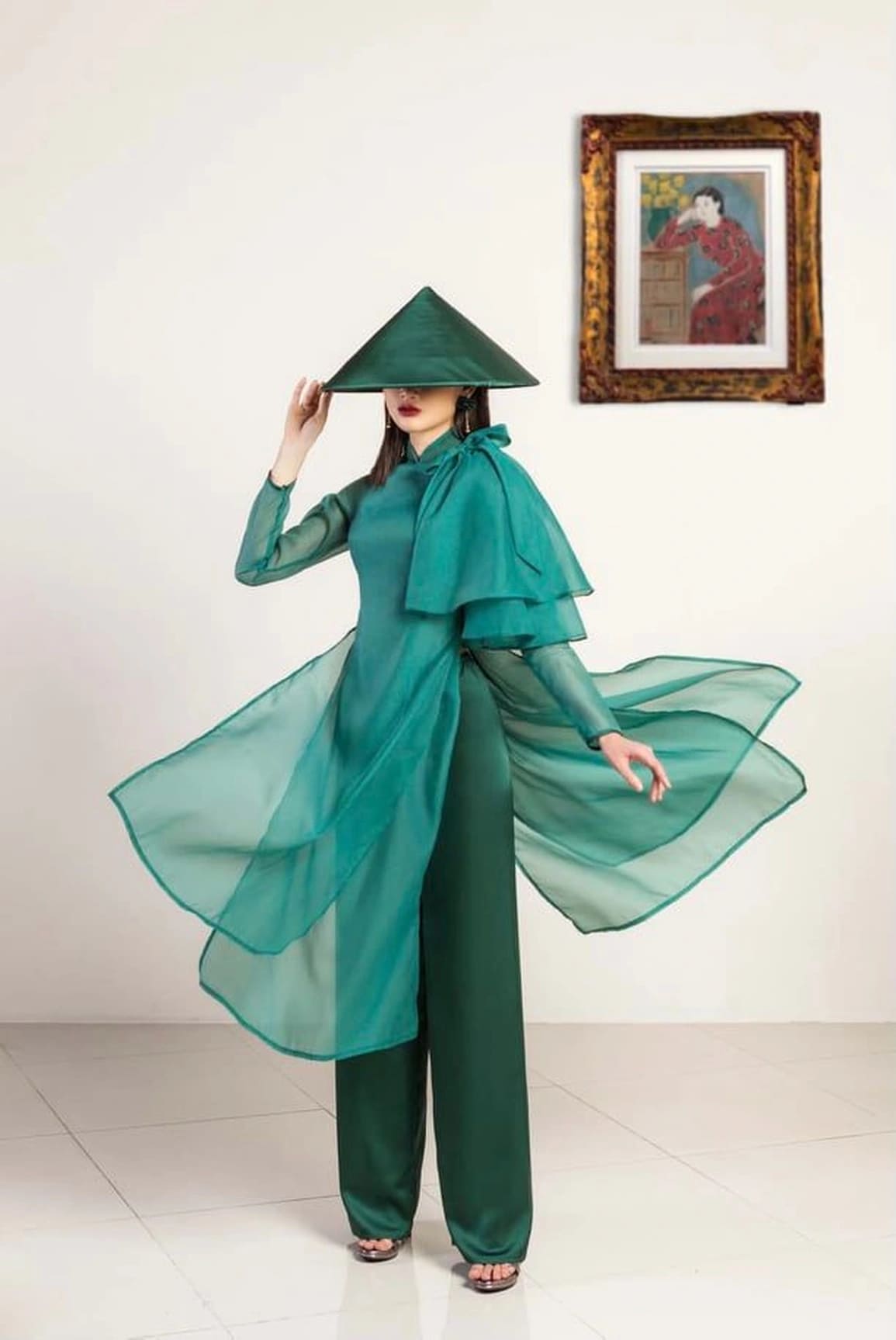
These accolades fueled his creativity, profoundly shaping Vietnamese fine arts’ trajectory and inspiring postwar generations to view art as societal service.
Legacy of Phạm Văn Đôn: Lessons for Youth and the Future of Vietnamese Fine Arts
Phạm Văn Đôn transcends artistry to embody resilience. His legacy resides in displayed paintings, accomplished students, and the ethos of “art for the nation.” In today’s digital age, the biography of Phạm Văn Đôn reminds us: true art touches hearts and history. For fine arts lovers, visit the Vietnam Fine Arts Museum to behold Phạm Văn Đôn’s works. Or share in the comments: Which piece strikes you most? His influence endures, guiding Vietnam’s art toward global dialogues while rooting deeply in cultural soil, ensuring revolutionary fervor evolves into contemporary expressions of identity and peace.
